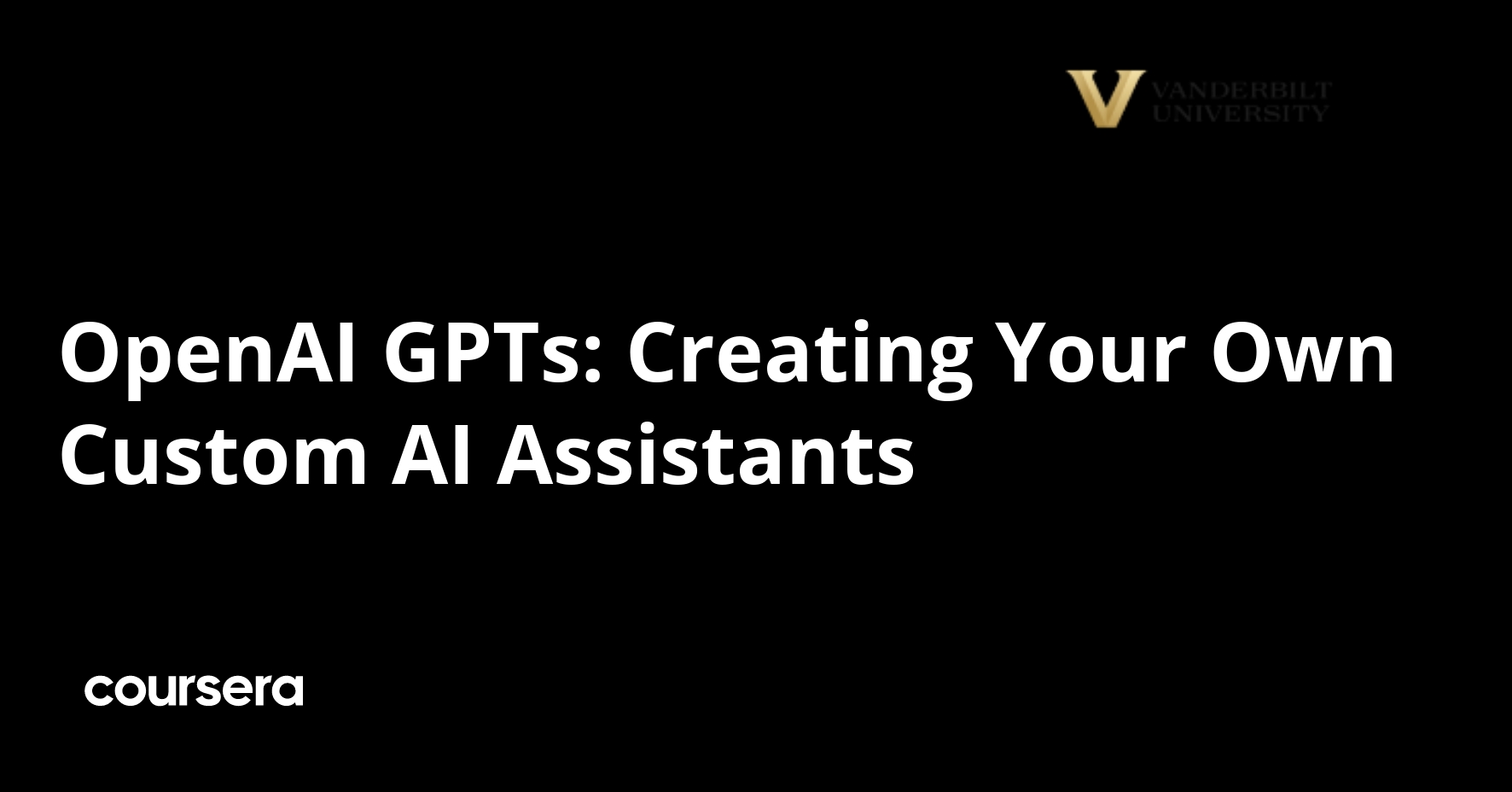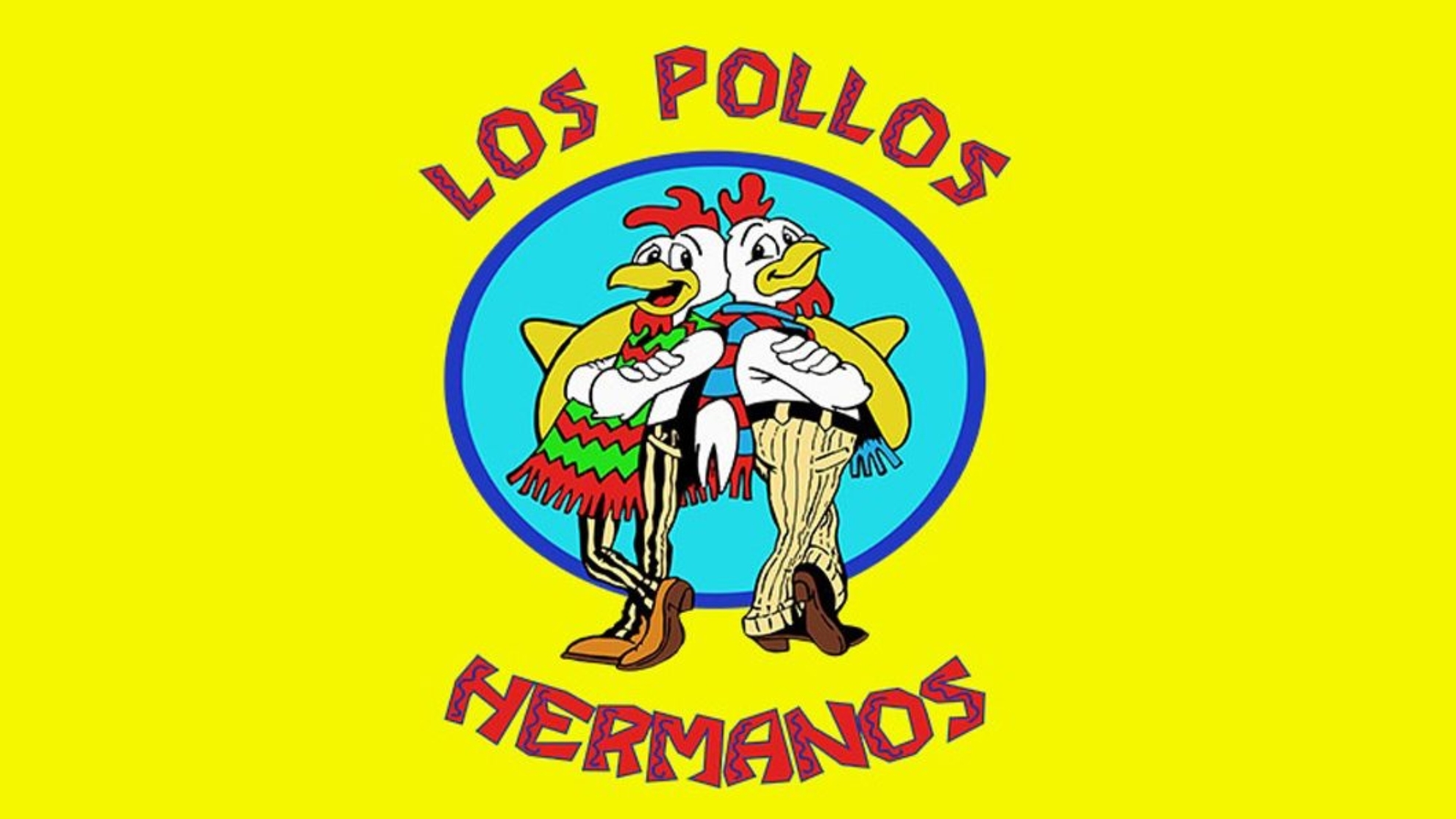It’s late in the evening of Saturday, October 28th, 1989. You flip on the television and the saxophonist David Sanborn appears onscreen, instrument in hand, introducing the eclectic blues icon Taj Mahal, who in turn declares his intent to play a number with “rural humor” and “world proportions.” And so he does, which leads into performances by Todd Rundgren, Nanci Griffith, the Pat Metheny Group, and proto-turntablist Christian Marclay (best known today for his 24-hour montage The Clock). At the end of the show — after a vintage clip of Count Basie from 1956 — everyone gets back onstage for an all-together-now rendition of “Never Mind the Why and Wherefore” from H.M.S. Pinafore.
This was a more or less typical episode of Night Music, which aired on NBC from 1988 to 1990, and in that time offered “some of the strangest musical line-ups ever broadcast on network television.” So writes E. Little at In Sheep’s Clothing Hi-Fi, who names just a few of its performers: “Sonic Youth, Miles Davis, the Residents, Charlie Haden and His Liberation Orchestra, Kronos Quartet, Pharoah Sanders, Karen Mantler, Diamanda Galas, John Lurie, and Nana Vasconcelos.”
One especially memorable broadcast featured “a 15-minute interview-performance by Sun Ra’s Arkestra that finds the composer-pianist-Afrofuturist at the peak of his experimental powers, moving from piano to Yamaha DX‑7 and back again while the Arkestra flexes its cosmic muscles.”
“Sanborn hosted the eminently hip TV show,” writes jazz journalist Bill Milkowski in his remembrance of the late saxman, who died last weekend, “not only providing informative introductions but also sitting in with the bands.” One night might see him playing with Al Jarreau, Paul Simon, Marianne Faithfull, Bootsy Collins, the Red Hot Chili Peppers, Dizzy Gillespie, — or indeed, some unlikely combination of such artists. “The idea of that show was that genres are secondary, an artificial division of music that really isn’t necessary; that musicians have more in common than people expect,” Sanborn told DownBeat in 2018. “We wanted to represent that by having a show where Leonard Cohen could sing a song, Sonny Rollins could play a song, and then they could do something together.”
Having wanted to pursue that idea further since the show’s cancellation — not the easiest task, given his ever-busy schedule of live performances and recording sessions across the musical spectrum — he created the YouTube channel Sanborn Sessions a few years ago, some of whose videos have been re-uploaded in recent weeks. But much also remains to be discovered in the archives of the original Night Music for broad-minded music lovers under the age of about 60 — or indeed, for those over that age who never tuned in back in the late eighties, a time period that’s lately come in for a cultural re-evaluation. Thanks to this YouTube playlist, you can watch more than 40 broadcasts of Night Music (which was at first titled Sunday Night) and listen like it’s 1989.
Related content:
How American Bandstand Changed American Culture: Revisit Scenes from the Iconic Music Show
All the Music Played on MTV’s 120 Minutes: A 2,500-Video Youtube Playlist
When Glenn O’Brien’s TV Party Brought Klaus Nomi, Blondie & Basquiat to Public Access TV (1978–82)
Based in Seoul, Colin Marshall writes and broadcasts on cities, language, and culture. His projects include the Substack newsletter Books on Cities, the book The Stateless City: a Walk through 21st-Century Los Angeles and the video series The City in Cinema. Follow him on Twitter at @colinmarshall or on Facebook.




